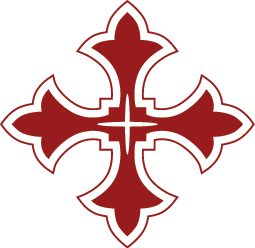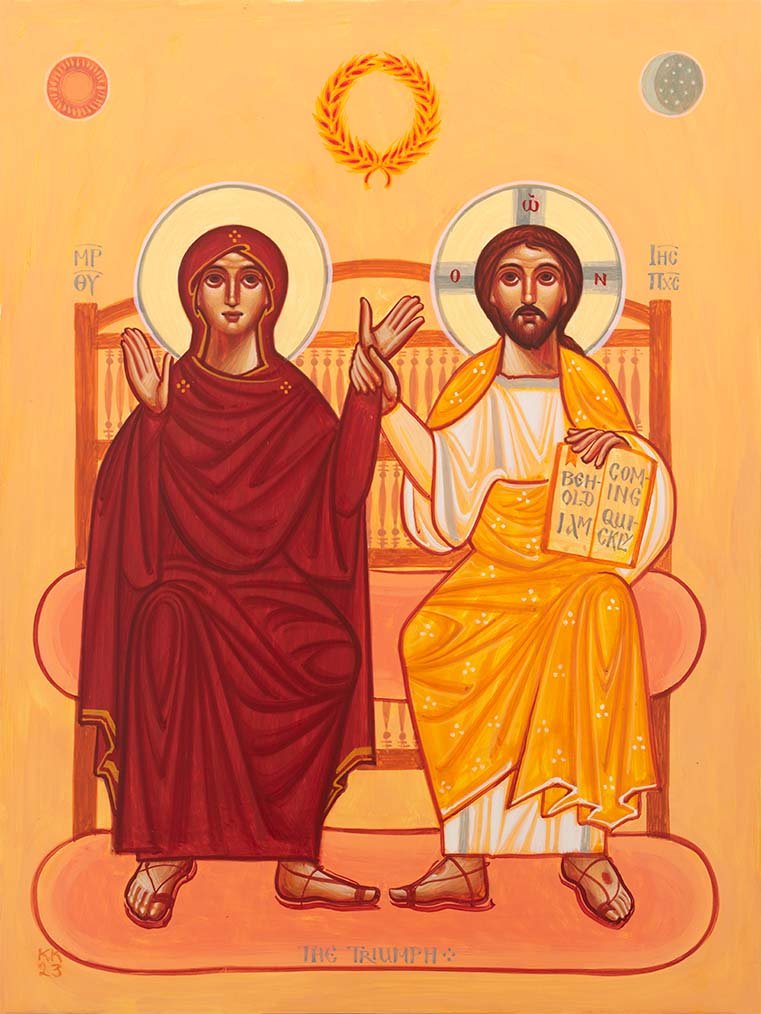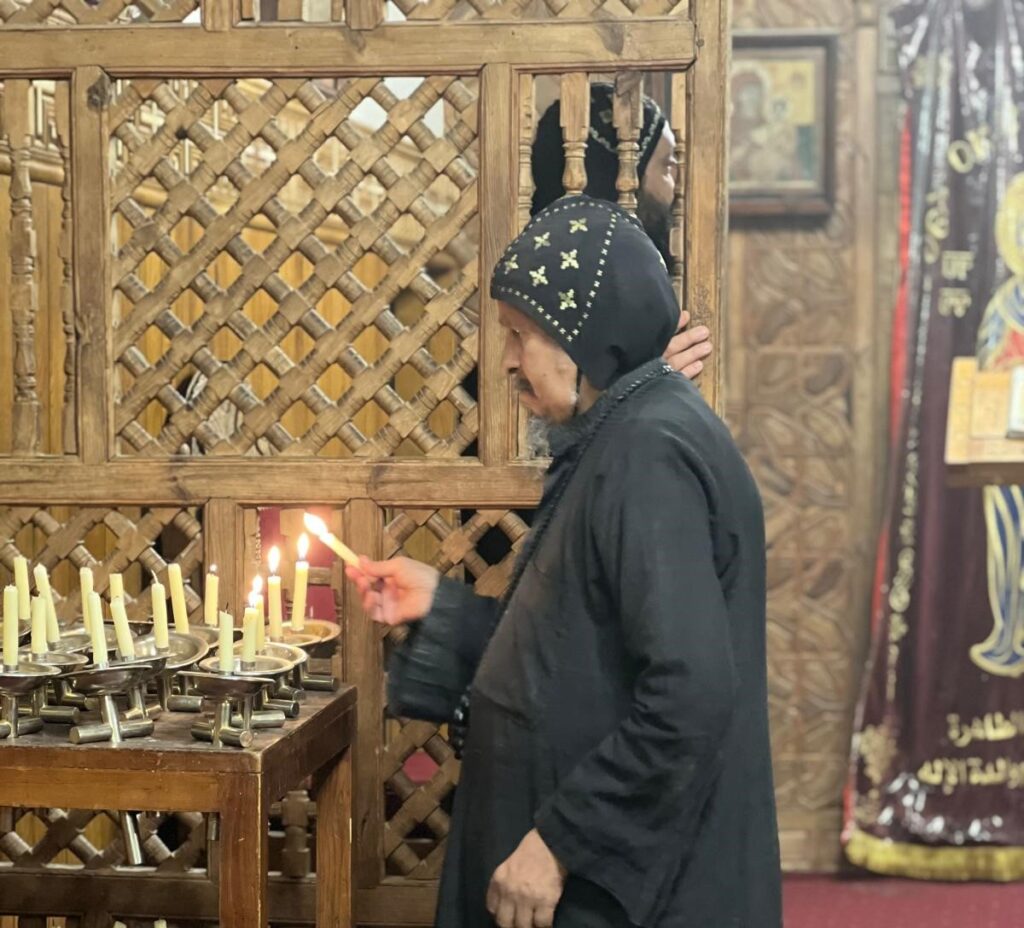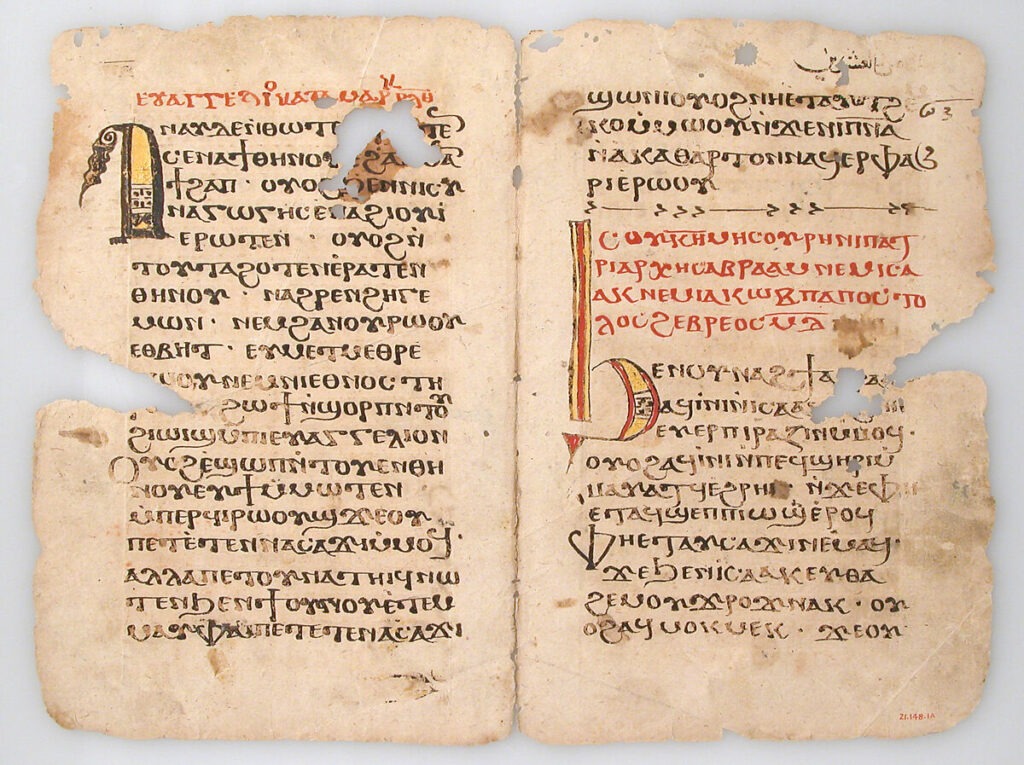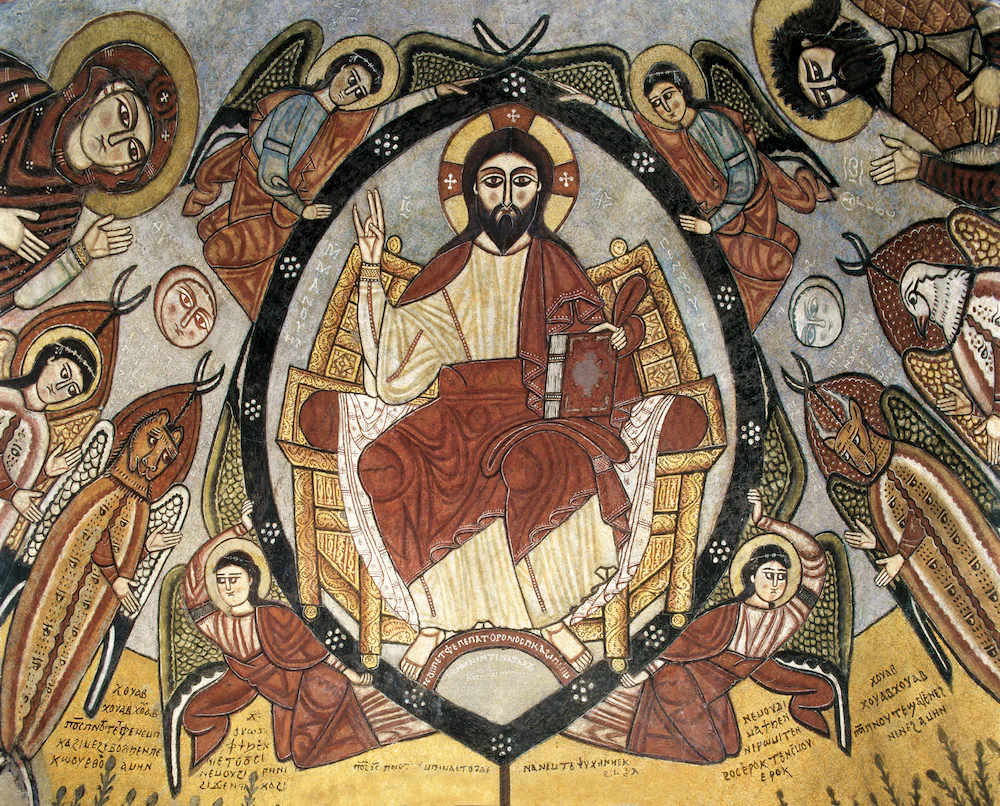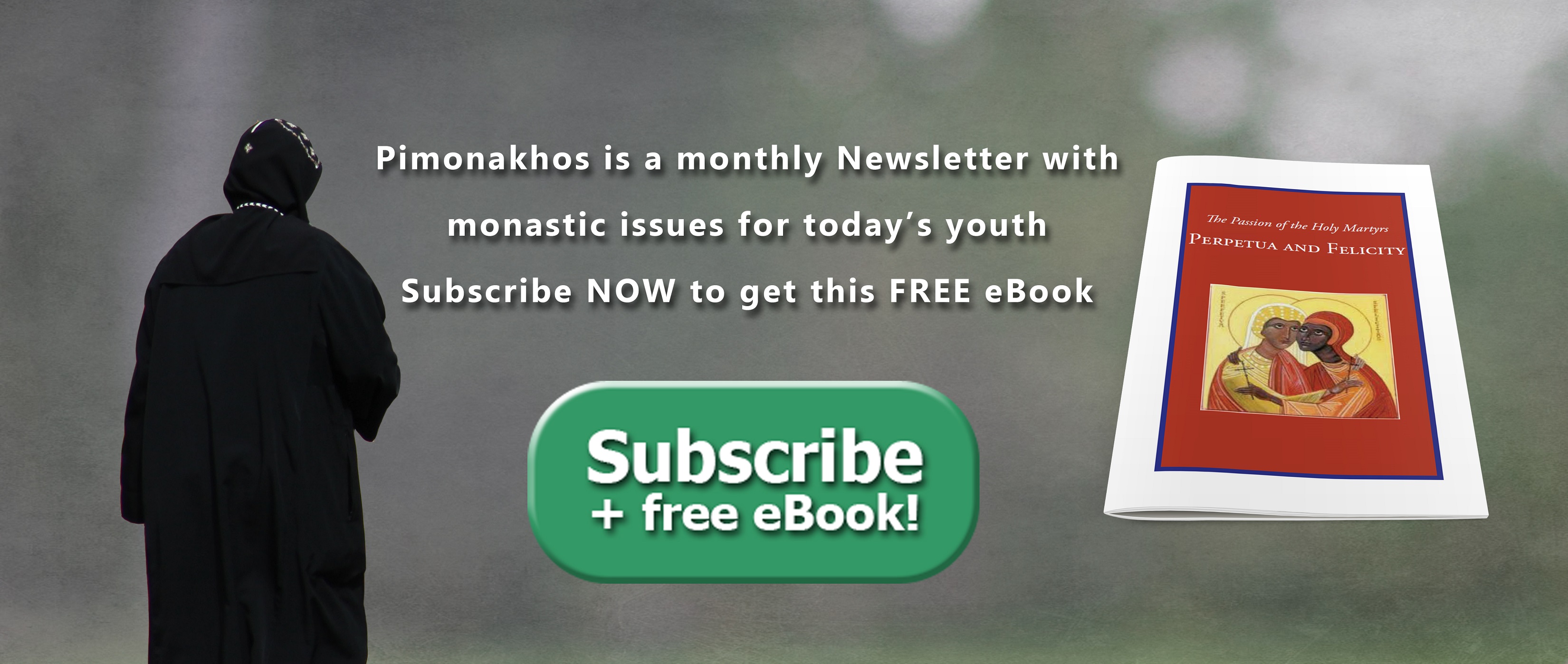- By: His Grace Bishop Raphael "From now on all generations will call me blessed." (Luke 1:48) Introduction: You are higher than the heavenlies, more glorious than the Cherubim, better than the Seraphim, and greater than legions of angelic spirits. You are the pride of our race. Through you, purity and genuine chastity …
– By: His Grace Bishop Raphael
“From now on all generations will call me blessed.” (Luke 1:48)
Introduction: You are higher than the heavenlies, more glorious than the Cherubim, better than the Seraphim, and greater than legions of angelic spirits. You are the pride of our race. Through you, purity and genuine chastity are honored, for you surpassed all creatures in magnificence and honor. The Lord, whom all worship, chose you and He was born from you. “For this reason, your honor is great, and your intercession is powerful and frequently answered.” From the sermon of Father Bulus El-Bushi.
Our Coptic Church abundantly blesses and praises the Virgin Mary. When we reflect upon the daily praises, the hourly Psalms, and the Divine Liturgy, we find a rich heritage of expressions and phrases that explain her blessedness. These descriptions spring out of theological foundations, all crafted by holy fathers and theologians, inspired by God and by symbols and prophecies of the Old Testament that were fulfilled in the person of the Virgin.
In the annual Psalmodia, which contains the daily praises, we find on regular days a glorification for the name of the Virgin Mary at the beginning of the Midnight Prayer, in the part about the Resurrection, where we address her saying, “All joys befit you, O Mother of God, for through you Adam returned to Paradise, and Eve received grace instead of sorrow.” We seek her intercession at the end of both the first and second ‘Lobsh’ (interpretation), as well as at the beginning of the Congregational Prayer.
There are three ‘Theotokias’ (special hymns) dedicated to the Virgin, recited during Vespers, Midnight, and Morning prayers, containing many praises such as, “Mary’s beauty is in the highest heavens, sitting at the right hand of her beloved, interceding for us.” At the end of each Theotokia, we say, “Peace to you, O Virgin, the true Queen; peace to the pride of our race, for you gave birth to Emmanuel. We ask you, remember us, O pure and faithful one, before our Lord Jesus Christ, that He may forgive our sins.”
According to the standard structure of the daily praises, we pray the Introduction, the first three Odes, the Praise of the Three Youths, the Congregation, and the Theotokias. Then, the fourth Ode, followed by the Psalm of the day and the Theotokia of the day (a special hymn for the Mother of God). During the raising of incense of Vespers and Matins, we chant the ‘Fractions’, and in them, we send peace to the Virgin, with phrases such as, “…Peace to you, Mary, a holy peace. Peace to you, Mary, mother of the Holy.” Before the Creed, we pray, “Peace to you, O Saint Mary…”
In the hourly Psalms: The Church arranged selected parts after the Gospel of each hour, where the third section always seeks the Virgin’s intercessions. In some of these parts, the Virgin is described as the true vine bearing the cluster of life, full of grace, the wall of our salvation, the impenetrable fortress, and the gate of intellectual life.
In the Divine Liturgy: Here, the Virgin’s blessing is mentioned in about ten parts, such as in the Blessing hymn and before raising the offering. The church’s hymn for the Virgin starts with, “Peace to Mary, the Queen and the source of the vine, who has never been defiled…”
“After the prayer of thanksgiving, [one] recites in the Holy Fast a preparation from Psalm 87, which refers to the Virgin as the Holy City of God: “Its foundations are in the holy mountains…”. During the raising of the incense for Paul, on feasts and feast days, the hymn says: “This golden censer…”. Before and after the reading of the Acts, the refrain dedicated to the Virgin changes on five occasions during the Coptic year. Gospel refrains: These differ in the first two Sundays of the month of Kiahk from those in the subsequent Sundays, as well as seeking her intercession on regular days after blessing the saint of the day. In the Creed: The Church highlighted the importance of the character of the Virgin Mary as the Mother of God in church tradition, especially after the Council of Ephesus in 431 AD, to define the concept of Divine Incarnation and to combat the heresy of Nestorius. Hence, they added the content of the doctrine approved by this council at the beginning of the Creed, which starts with: “We magnify you, O Mother of the True Light…”.
The “Aspasmos Adam and Watos”: These are recited after the Peace Prayer and before the Mass of the believers, the most famous of which is “Rejoice, O Mary the servant and mother…”. In the Synaxis of the Saints and after it: According to the Virgin’s place in the liturgical rite, the priest asks for her intercession at the top of the list of the triumphant Church members in the Synaxis prayer, and also in the blessing prayer and the final petitions. Then a piece is recited: “With the prayers and intercessions of the most holy, glorified, pure, and blessed…”. What is said during distribution: The tune goes “Bread of life which came down from heaven giving life to the world, and you, O Mary, bore in your womb the logical Manna that came from the Father…”. After this quick overview of the liturgical arrangement concerning the Virgin Mary, we notice the richness and abundance in the prayers, hymns, and praises dedicated to venerating and glorifying the Virgin Mary. The Church daily dedicates several hours to honor the Virgin with wonderful praises, delicate tunes, and flowing intercessory refrains.
Would that we compare this to the extent of our personal relationship with the Virgin Mary in our daily reality so that our hearts and tongues constantly rise, glorifying the one who said of herself: “Behold, from now on all generations will call me blessed.”
